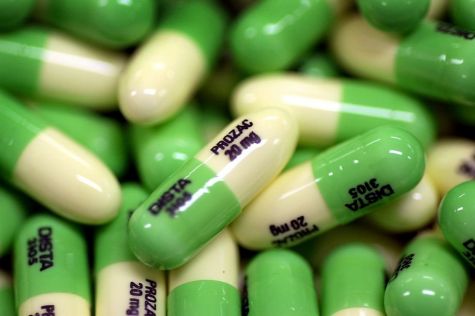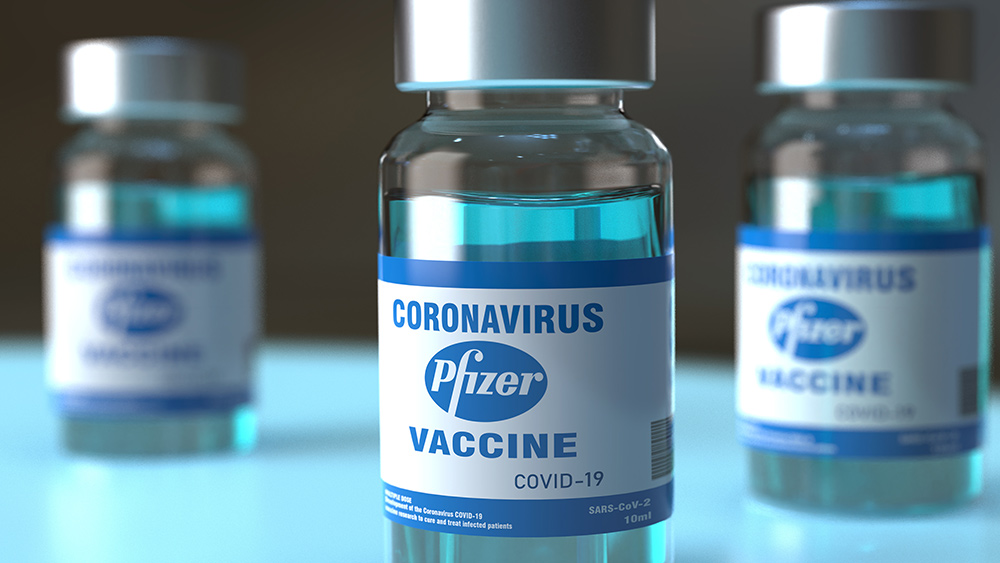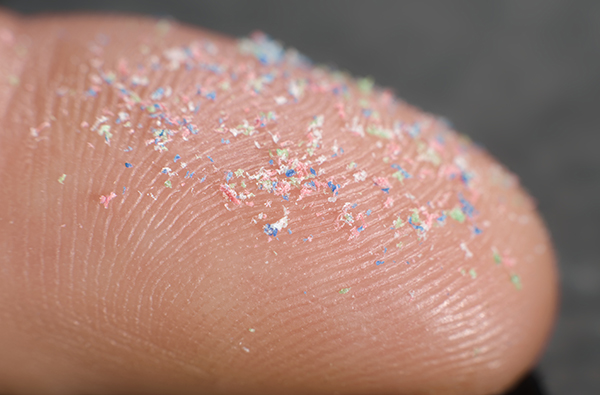Not just fluoride: FLUORINATED PHARMACEUTICALS like Prozac contaminate drinking water for millions of Americans
01/08/2025 / By Lance D Johnson

- Communities across the US are removing fluoride from drinking water, highlighting a broader push for clean water.
- A January 2025 study in the Proceedings of the National Academy of Sciences found that fluorinated pharmaceuticals, including Prozac and Flonase, are contaminating the water supply of 23 million Americans.
- Researchers at New York University discovered that conventional wastewater treatment plants are largely ineffective at removing fluorinated pharmaceuticals, allowing these “forever chemicals” to persist in the environment.
- The study highlights the need for understanding the health risks associated with these chemicals and suggests that the U.S. should consider a more comprehensive approach, like the European Union’s regulation of total PFAS levels, to address the issue.
- The study underscores the urgent need to address the presence of fluorinated pharmaceuticals and their byproducts in drinking water, advocating for improved treatment methods and stricter regulations.
The fight for clean water is going mainstream. As communities across the US begin removing brain damaging fluoride from drinking water, there remains even more critical work to be done. Fluorinated pharmaceutical drugs – like Prozac and Flonase – are becoming a serious problem in the water supply for millions of people around the US.
How common medications like Prozac are polluting drinking supplies
A groundbreaking study published on January 6, 2025, in Proceedings of the National Academy of Sciences reveals that fluorinated pharmaceuticals, including widely used drugs like Prozac and Flonase, are contaminating the water supply of millions of Americans. These medications, along with their breakdown products, belong to a class of chemicals known as per- and polyfluoroalkyl substances (PFAS), often dubbed “forever chemicals” due to their persistence in the environment. The research highlights a troubling reality: conventional wastewater treatment plants are largely ineffective at removing these substances, allowing them to seep into drinking water supplies.
The study, led by researchers at New York University, estimates that the water supplies of approximately 23 million Americans are affected. This contamination stems from the excretion of these drugs by individuals, which then enters wastewater systems. With about 50% of drinking water utilities located downstream of wastewater treatment plants, the potential for re-contamination is significant.
The scope of the problem
The study examined eight large wastewater treatment plants across the United States, which are representative of facilities serving 70% of the population. Researchers found that the bulk of PFAS entering and exiting these plants consisted of fluorinated pharmaceuticals and their metabolites. Notably, four drugs and one metabolite accounted for a slight majority of the contamination: Celecoxib (Celebrex), used for arthritis; flecainide (Tambocor), prescribed for heart arrhythmias; maraviroc (Selzentry), an HIV treatment; and sitagliptin (Januvia), a diabetes medication.
“This pharmaceutical material doesn’t get treated in the wastewater treatment plant, and it doesn’t break down,” said Bridger Ruyle, a study co-author and researcher at New York University. “And we know [these chemicals] can be re-entering drinking water supplies.”
The study’s findings underscore a critical gap in current wastewater treatment practices. Despite advanced technologies, the maximum removal efficiency for these chemicals was less than 25%, leaving the majority to persist in the environment.
The PFAS puzzle: a broader environmental and human health challenge
PFAS are defined by their carbon-fluorine bonds, which are among the strongest in organic chemistry. These bonds make PFAS highly resistant to degradation, earning them the “forever chemicals” moniker. While much of the focus on PFAS has been on industrial chemicals like perfluorooctanoic acid (PFOA) and perfluorooctanesulfonic acid (PFOS), the study reveals that these compounds make up only 7% to 8% of the total PFAS mass in wastewater.
The researchers employed a novel method to measure extractable organofluorine (EOF), which captures the total amount of carbon-fluorine groups in a sample. This approach provides a more comprehensive picture of PFAS contamination, revealing that the majority of these chemicals in wastewater are fluorinated pharmaceuticals.
“This study emphasizes the presence of organofluorine pharmaceutical waste in the environment and highlights the urgent need to understand what the health risks to these compounds are,” Ruyle said.
The U.S. Environmental Protection Agency (EPA) has taken steps to address PFAS contamination, setting limits in April 2024 on six specific PFAS, including PFOA and PFOS, in drinking water. Exposure to these chemicals has been linked to serious health issues, including cancers, liver damage, and developmental problems in children. However, the study’s findings suggest that these regulated compounds represent only a fraction of the total PFAS burden in the environment. In contrast, the European Union has implemented regulations targeting total PFAS levels, a more holistic approach that the study’s authors argue is necessary in the U.S.
The study’s implications are far-reaching, raising urgent questions about the long-term health effects of low-level exposure to fluorinated pharmaceuticals in drinking water. We should not only be removing fluoride from our drinking water, but we should also be removing fluorinated pharmaceutical byproducts from drinking water.
Sources include:
Submit a correction >>
Tagged Under:
Big Pharma, cancer, celebrex, clean water, developmental disorders, Flonase, Fluoride, fluorinated pharmaceuticals, Januvia, liver damage, PFAS, PFOAs, Prozac, regulations, Selzentry, Tambocor, toxic chemicals, wastewater
This article may contain statements that reflect the opinion of the author
RECENT NEWS & ARTICLES
COPYRIGHT © 2017 TOXINS NEWS



















